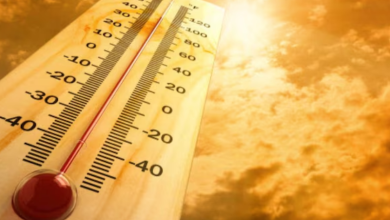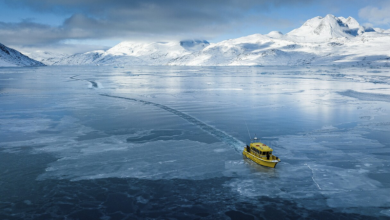Ronnie Stout: California’s Park Fire becomes largest active blaze in US

A gigantic wildfire is underway in Northern California – the so-called Park Fire. It is located about 90 miles north of Sacramento, the capital city of the state. So far, it consumed more than 350,000 acres, making it the largest fire currently burning in the United States. Firefighters are fighting it with all their might, but it is extremely fast-growing.
Weather Might Help Firefighters
The weather may cool and dampen within the next two days. This would work to the advantage of firefighters in containing the flames. Currently, only 10% of the blaze is under control. So far, 134 buildings have been destroyed in the fire.
People Told to Leave Homes
Several people have been asked to leave their homes for safety. Some towns got warnings, including Paradise. As this is a town that had a terrible fire in 2018, its residents are very concerned.
President Biden Wants to Help
The President of the United States, Joe Biden, is aware of the fire. He has informed his people to do all that lies within their power to assist in extinguishing the fire.
- Man Arrested over Starting the Fire
- There is a man whom the police have arrested and are suspected of starting the fire. They claim that on Wednesday he pushed a car on fire in a ditch.
Other Fires in the Country
There are tons of other fires going on in the United States right now. All combined, these have burned more than two million acres of land. That is a lot!
How This Fire Affects Climate Change
The Park Fire, similar to other large wildfires, can contribute immensely to climate change, here’s how:
1. More greenhouse gases: Forests, upon burning, emit large amounts of carbon dioxide into the air. It is a greenhouse gas that leads to global warming.
2. Less carbon storage: Forests always help to cancel out the carbon dioxide that is normally present in the atmosphere. In the case of burning down; they will not be offering the service of absorption as much as they did before and more of the greenhouse gases will then be there within the atmosphere.
3. Local weather changes: Huge fires may create their weather patterns, and these may further impact the climate in areas around them.
4. Damage to the soil: It may be done by the fire afterwards. This is possibly in the form of hardening thus making it difficult for new plants to develop, hence reducing the amount of carbon that land may absorb in the future.
READ MORE : 10 fun facts on mangroves – nature’s best defence against climate change



